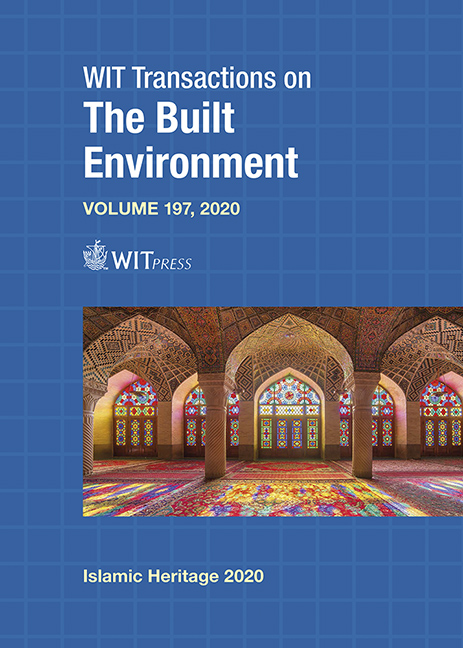“PATTERNS” OF THRESHOLD SPACES IN THE HISTORICAL CITY OF JEDDAH, SAUDI ARABIA
Price
Free (open access)
Transaction
Volume
197
Pages
13
Page Range
153 - 165
Published
2020
Size
1,052 kb
Paper DOI
10.2495/IHA200131
Copyright
WIT Press
Author(s)
BASMA MASSOUD
Abstract
The availability of public space and its integration with private space is one of the important factors that is associated with the quality of urban settings. This paper aims to look at the ground floor in builtup areas from two different perspectives, public space and residential units. It mainly focuses on threshold spaces and investigates patterns between these two components while presenting a new way of approaching the Christopher Alexander theory and questions its impact on spatial and social levels. This paper will present an example of one pattern out of many identified patterns found in the historical city of Jeddah. The city of Jeddah was chosen as a case study for this research activity for several reasons. First, because of its role in Saudi society as it is the second largest city in Saudi Arabia after the capital (Riyadh). Second, because of the strong urban identity in the historical area. Third, the rapid growth in line with spatial planning, Last but not least, it represents a typical Islamic city where the findings can be relevant to other Islamic cities.
Keywords
public sphere, private sphere, notion of thresholds and patterns, Christopher Alexander theory, sustainable urban development, traditional urban planning




